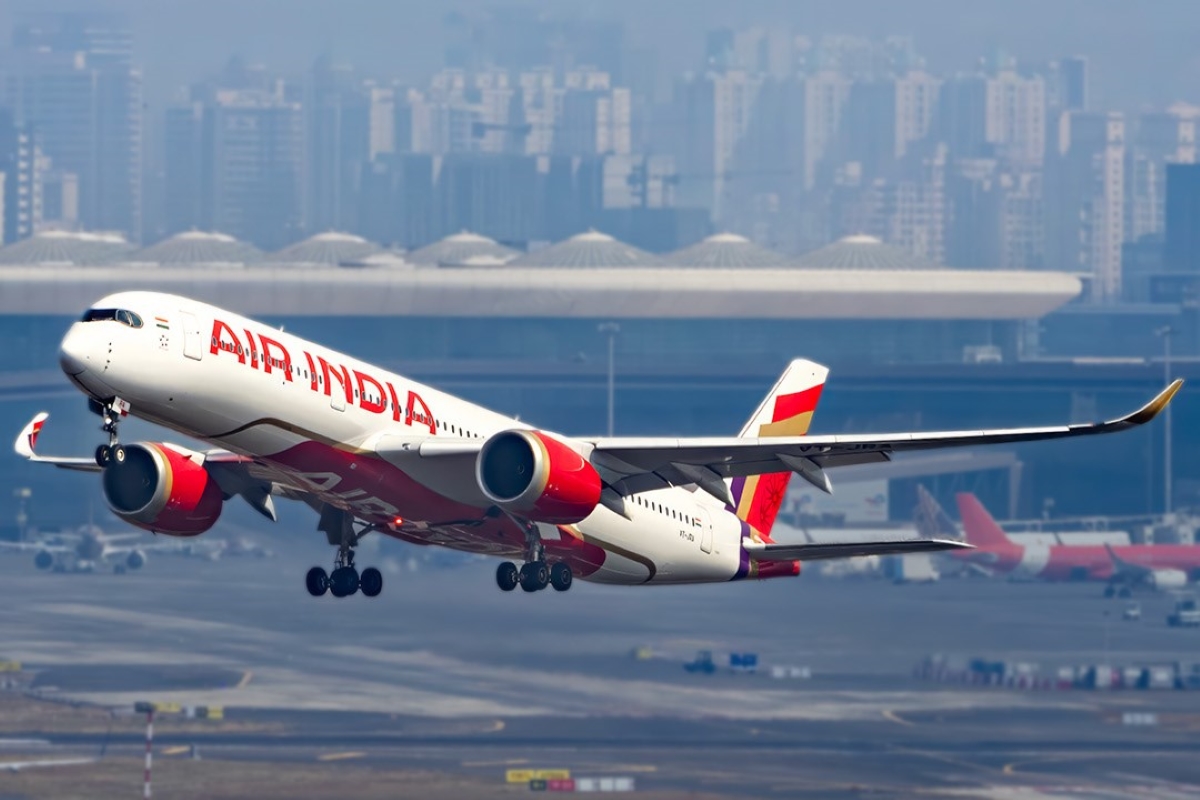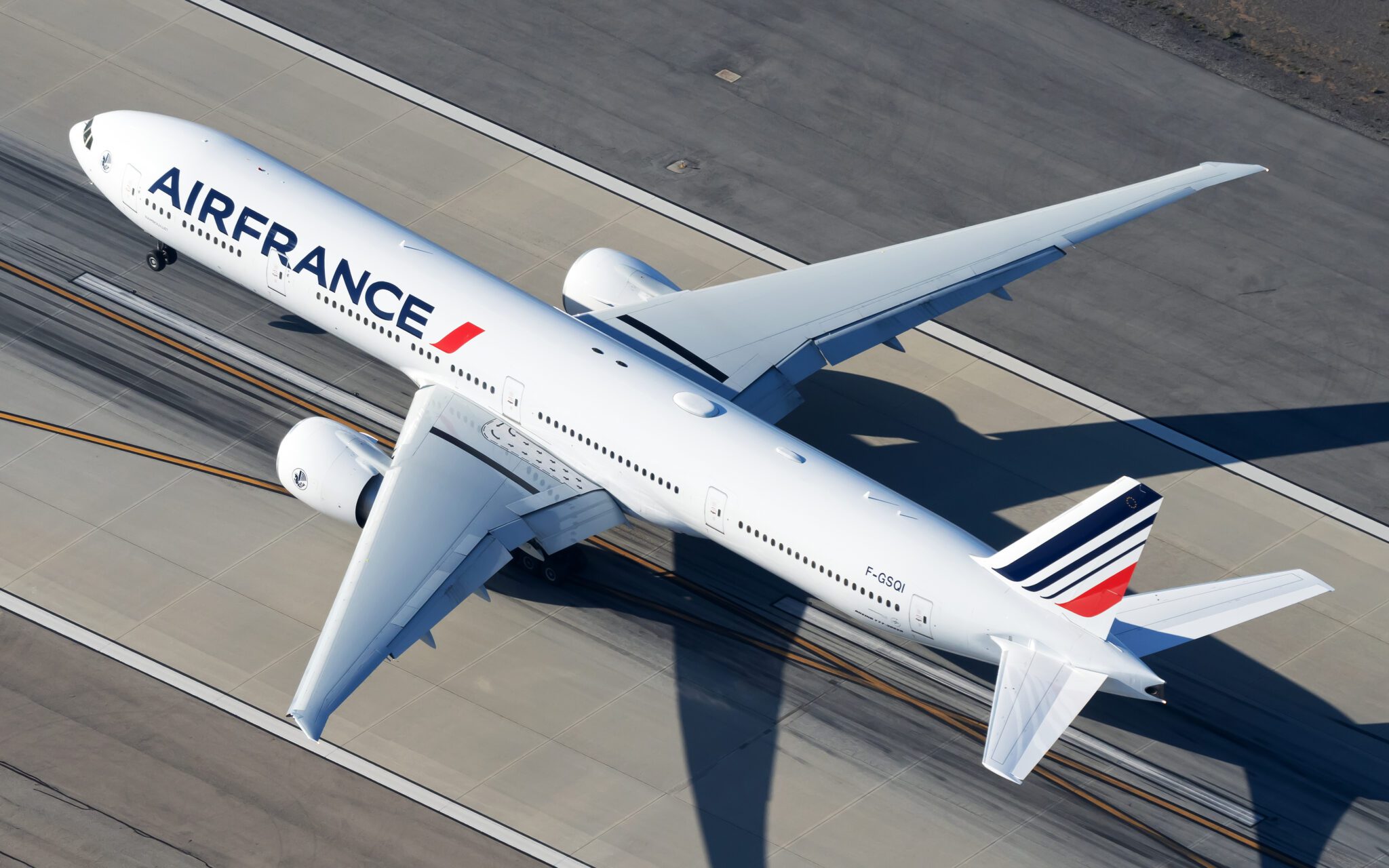American Airlines Shuffles Top Executives as Damage Control Begins
Skift Take
On the heels of the announcement from American Airlines that its leadership expects its Boeing 737 Max aircraft to return to service in mid-January 2020, the airline will also shuffle a variety of top executives as a sign to Wall Street that it’s sorting out its myriad operational issues.
Kerry Philipovitch, American Airlines’ senior vice president of customer experience, will retire from the company at the end of the year. The company will also realign its commercial operations geared around four pillars: operations, network, revenue, and customers.
David Seymour will become senior vice president of operations, Vasu Raja has been named senior vice president of network strategy, and Don Casey will assume the role of senior vice president of revenue. Kurt Stache, formerly vice president of marketing, loyalty, and sales, will become senior vice president of customer experience.
Nearly a dozen other executives have been shuffled to report to this new management structure.
“This is an opportunity to sharpen our focus on the key parts of our airline: running a reliable operation, expanding the world’s best network, maximizing all aspects of revenue to ensure American thrives forever, and delivering a superior customer journey as we create a world-class customer experience,” said Robert Isom, American Airlines’ president, in a release. “This restructure puts innovative and extremely capable leaders at the forefront of these initiatives.”
Isom also penned a letter regarding the changes to American Airlines employees, which you can read below.
These four pillars are clearly geared to assuage investors that American is taking criticism seriously that the airline’s operations and reliability have lagged behind that of its competitors.
“This announcement highlights the mounting pressure the American management team is feeling,” said Jay Shabat, senior analyst of Skift Airline Weekly. “But if reliability doesn’t improve soon, there may be more changes to come.”
The airline also released an investor update on Wednesday detailing its efforts to turn things around in the third quarter despite major headwinds. The airline expects that the Boeing 737 Max debacle will end up impacting its income by $140 million, for instance, while disruptions from Hurricane Dorian isn’t expected to drag on its guidance for the quarter.
American also predicts a $280 million charge from special items related to retiring its E190 fleet and various other restructuring efforts. While its guidance for the quarter remains similar to what was expected in July, the outlook still isn’t great when compared to its peers in the U.S. aviation market.
As Skift Senior Aviation Business Editor Brian Sumers wrote in September, American Airlines’ issues go beyond a complicated labor situation and fallout from the Boeing 737 Max groundings. Competitors like Delta Air Lines have been more adroit at facing operational issues, putting American at a disadvantage.
One has to wonder if a management shuffle will empower its leaders to solve these lingering issues or lead to even more challenges as executives operate inside a new framework.




